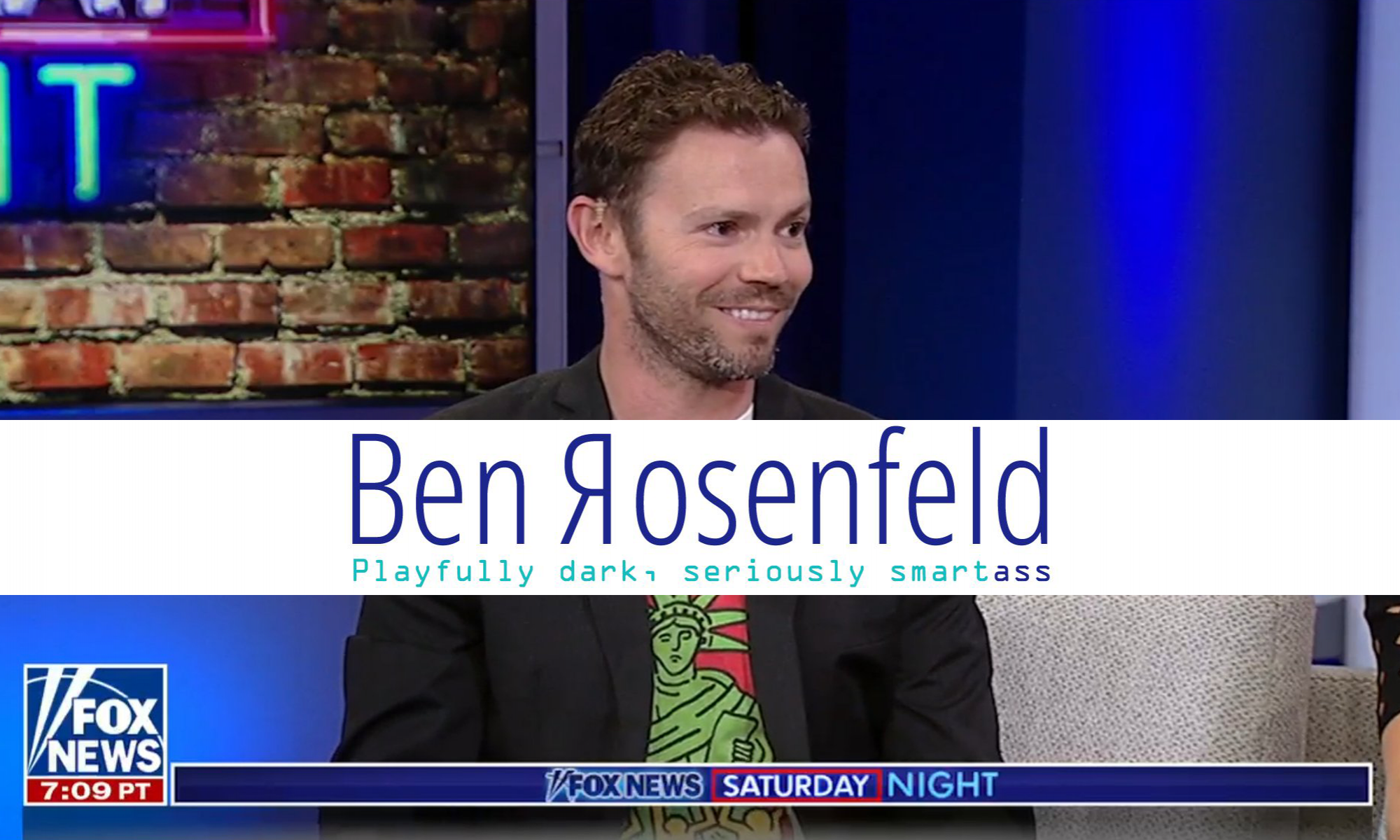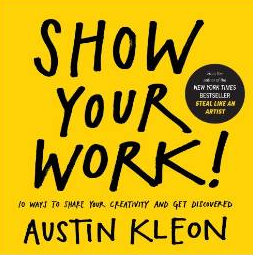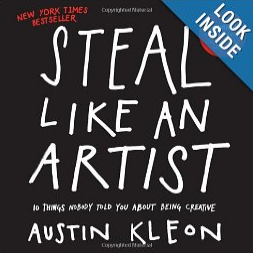I recently read “Keep Going: 10 Ways To Stay Creative In Good Times And Bad” by Austin Kleon. Below are the quotes I found most interesting.
The reason is this: the creative life is not linear. It’s not a straight line from point A to point B. It’s more like a loop, or a spiral, in which you keep coming back to a new starting point after every project. No matter how successful you get, no matter what level of achievement you reach, you will never really “arrive.” Other than death, there is no finish line or retirement for a creative person. “Even after you have achieved greatness,” writes musician Ian Svenonius, “the infinitesimal cadre who even noticed will ask, ‘What next?’” (10)
We have so little control over our lives. The only thing we can really control is what we spend our days on. What we work on and how hard we work on it.” (11)
Lynda Barry says, “The phone gives us a lot but it takes away three key elements of discovery: loneliness, uncertainty, and boredom. Those have always been where creative ideas come from.” (50)
“The only antidote is JOMO: the joy of missing out.” (61)
“Lots of people want to be the noun without doing the verb. They want the job title without the work.” (65)
Play is the work of the child and there is also the work of the artist.” (70)
“Art and the artist both suffer most when the artist gets too heavy, too focused on results.” (70)
“Write a poem and don’t show it to anybody. Tear it up into little pieces and throw them into the trashcan.” (70)
Another trick: when nothing is fun anymore, try to make the worst thing you can. The ugliest drawing. The crummiest poem. The most obnoxious song. Making intentionally bad art is a ton of fun.” (74)
Quincy Jones says, “God walks out of the room when you’re thinking about money.“ (78)
How to stay alive: 1) find something that keeps you spiritually alive 2) turn it into a job that literally keeps you alive 3) oops! Go back to step one” (81)
“Do what you love” + low overhead = a good life.
“Do what you love” + “I deserve nice things” = a time bomb.” (84)
I noticed a long time ago that there’s actually very little correlation between what I love to make and the number of shares, favorites, and retweets it gets. I’ll often post something I loved making that took me forever and crickets chirp. I’ll post something else I think is sort of lame that took me no effort and it will go viral. If I let those metrics run my personal practice, I don’t think my heart could take it very long.” (89)
“Where there is no gift, there is no art.” (93)
There’s nothing as pure as making something specifically for someone special.” (94)
If you’re bummed out and hating your work, pick somebody special in your life and make something for them.” (95)
If you liked the quotes, buy and read the whole book here.




